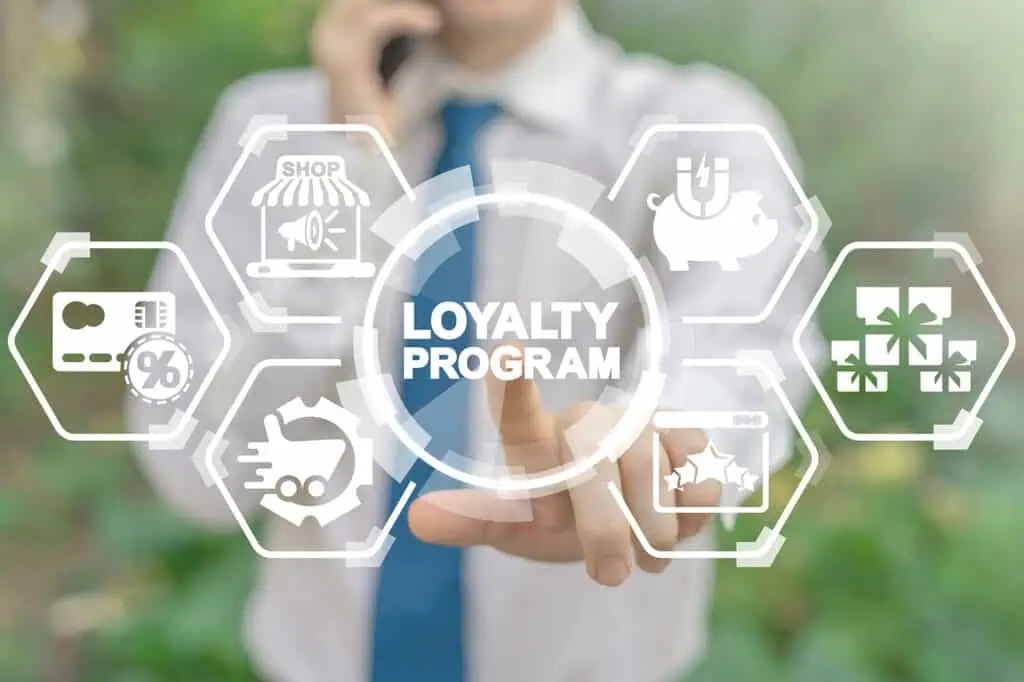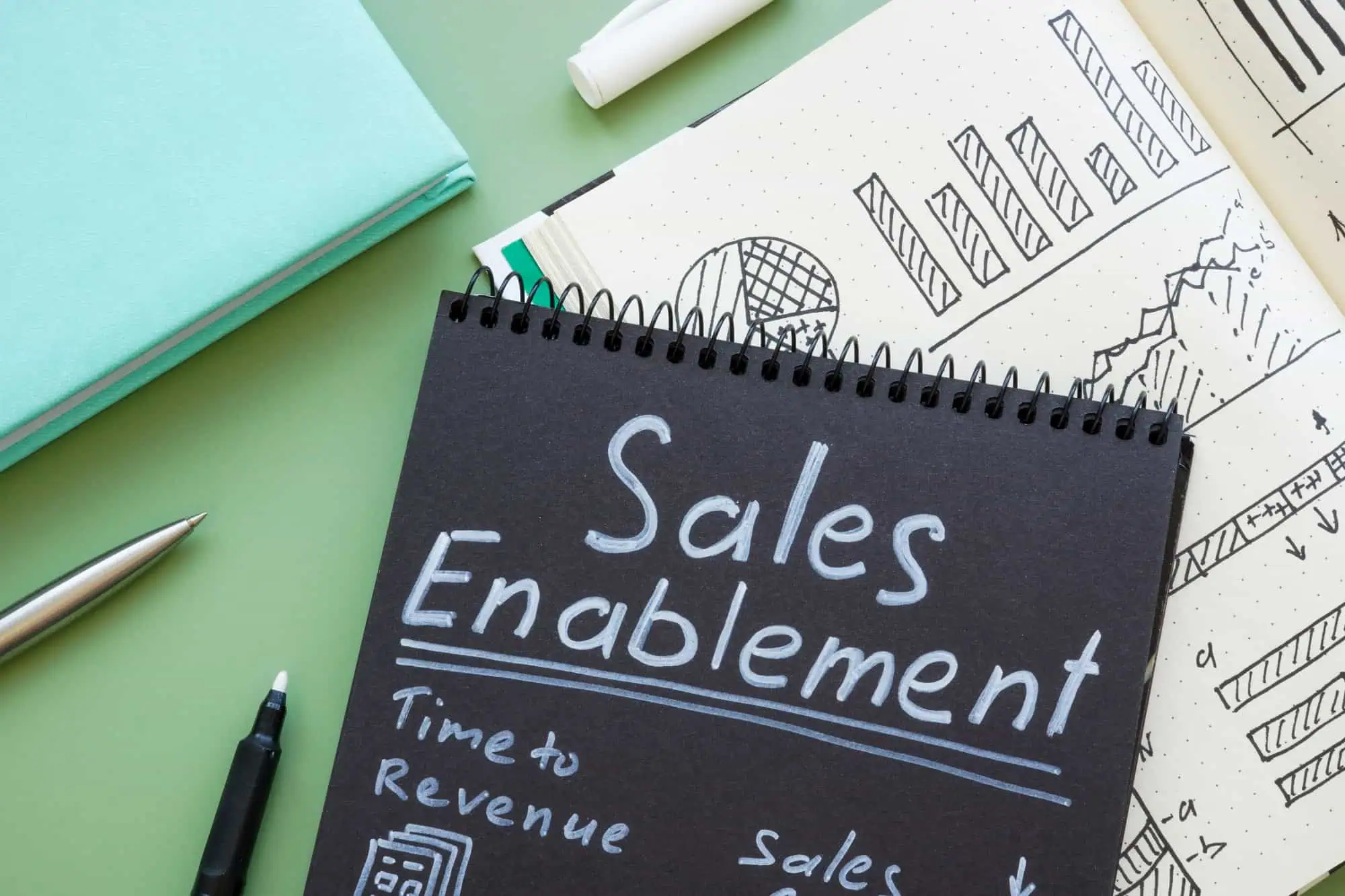Building a loyal customer base isn’t just about repeat purchases—it’s about creating an ecosystem of happy, engaged brand advocates who not only keep coming back but also spread the word to friends, family, and social networks. In this article, we’ll take you through why customer loyalty programs are so essential, how to structure them effectively, and how to measure their impact over time.
Table of Contents
- What is a Loyalty Program?
- Why Customer Loyalty Programs Matter
- Key Benefits of a Well-Executed Loyalty Program
- Choosing the Right Type of Loyalty Program
- How to Build a Successful Loyalty Program
- Measuring the Impact of Your Loyalty Program
- Common Pitfalls to Avoid
- Conclusion: The Future of Loyalty Programs
What is a Loyalty Program?
A customer loyalty program is a structured marketing strategy designed to encourage and reward repeat business. Typically, brands incentivize returning customers by offering rewards—such as points, discounts, freebies, or exclusive experiences—that can be redeemed after achieving certain milestones or through consistent engagement. The primary goal is to foster a deeper relationship between a business and its customers, transforming occasional buyers into enthusiastic brand advocates.
When done well, loyalty programs create win-win scenarios: customers feel appreciated, and businesses see increased retention, upselling, and word-of-mouth referrals. Whether you’re a startup or a well-established brand, a loyalty program can be one of the most impactful tools to keep your customers coming back.
Why Customer Loyalty Programs Matter
A loyalty program goes beyond simply encouraging repeat purchases; it helps brands forge long-term, meaningful relationships with their audience. Research shows that:
-
- Acquiring a new customer can cost up to five times more than retaining an existing one.
-
- Repeat customers are more likely to try new products and spend more per transaction.
In today’s competitive marketplace, where choices are abundant, a well-designed loyalty program can be the key differentiator that keeps your customers engaged instead of drifting to competitors.
Key Benefits of a Well-Executed Loyalty Program
- Increased Customer Retention
By rewarding repeat purchases, you encourage ongoing engagement with your brand.
- Higher Customer Lifetime Value (CLV)
When customers feel valued and earn tangible perks, they tend to spend more and stay longer.
- Word-of-Mouth Marketing
Satisfied, loyal customers often become brand advocates, organically promoting you to their networks.
- Enhanced Customer Data and Insights
Loyalty programs generate valuable data on buying patterns, behaviors, and preferences—data you can use for personalization and improved marketing strategies.
Choosing the Right Type of Loyalty Program
There isn’t a one-size-fits-all approach. You should choose a loyalty format that aligns with your brand’s values, product offerings, and customer expectations. Here are some common models:
- Points-Based Programs
Customers earn points per purchase or action and redeem them for discounts or exclusive items.
- Tiered Programs
Customers progress through levels (e.g., Bronze, Silver, Gold) with increasing perks and rewards.
- Paid Memberships
Members pay a fee for VIP benefits such as faster shipping or special pricing (think Amazon Prime).
- Cashback Programs
Provide a percentage of each purchase back to the customer’s account as store credit or actual cash.
- Gamified Experiences
Integrate game-like features—challenges, leaderboards, and achievements—to make loyalty more fun and interactive.
How to Build a Successful Loyalty Program
1. Define Clear Objectives
Begin by outlining why you’re creating a loyalty program. Are you aiming to increase repeat purchases, boost average order value, or generate referrals? Having measurable goals guides every decision and ensures that your program delivers real business impact.
Quick Tip: Use SMART objectives (Specific, Measurable, Achievable, Relevant, Time-bound) to keep your goals clear and attainable.
2. Understand Your Audience
Your loyalty program should resonate with your core audience’s needs and preferences. If your customers crave exclusive brand experiences, offer perks like early product access or limited-edition items. If they’re more price-focused, consider tangible rewards like discounts or cashback. Use surveys, CRM data, and competitor research to identify what truly motivates your customer base.
3. Select the Right Rewards Structure
Armed with insights into your audience and your own objectives, decide on a rewards structure. It might be points-based, tier-based, or even experiential. The key attributes are:
-
- Simplicity: Avoid overly complex rules that can deter participation.
-
- Attainability: Make reward milestones challenging yet doable.
-
- Flexibility: Offer multiple reward options to appeal to diverse customer segments.
Example: A fashion retailer might offer 1 point per dollar spent, with a $10 discount for every 100 points. Tier levels could grant free alterations or early sale access for higher spenders.
4. Identify and Incorporate Branding Elements
A loyalty program is an extension of your brand identity. Develop a unique name, incorporate brand colors, and use logos or thematic imagery that customers already associate with your business.
Example: Starbucks’ “Star Rewards” is a prime example. The playful “Stars” align perfectly with its established brand aesthetic while making the rewards fun and memorable.
5. Leverage Technology and Automation
Managing a loyalty program manually can become cumbersome, especially as it scales. Consider investing in loyalty-focused software or leveraging features within your CRM platform to:
-
- Track points automatically
-
- Provide personalized reward recommendations
-
- Integrate email and SMS outreach
-
- Gain real-time analytics to measure performance
Choosing the right technology frees you from administrative burdens and offers valuable data insights for ongoing optimization.
6. Communicate and Promote Your Program
Even the most compelling loyalty program can falter if customers don’t know it exists. Promote it through various channels:
- Website Banners and Pop-ups: Immediately inform new visitors and returning customers about the program.
- Email Marketing: Targeted campaigns help onboard new members and re-engage dormant ones.
- Social Media: Highlight special rewards and success stories from real customers.
- In-Store Signage: If you operate physical locations, make sure your loyalty program is visible at checkout or service counters.
7. Monitor, Measure, and Optimize
Regular evaluation helps you identify what’s working and what needs improvement. Track metrics such as:
- Redemption Rates: Percentage of points or rewards actually redeemed.
- Repeat Purchase Rate: Frequency of purchases among loyalty program members.
- Average Order Value (AOV): Spending patterns of loyalty members vs. non-members.
- Membership Growth: Rate of new sign-ups and retention of existing members.
Use A/B testing to fine-tune your program—experiment with different reward tiers, messaging, and promotional offers to see what resonates best with your audience.
Measuring the Impact of Your Loyalty Program
Link your loyalty efforts to concrete business outcomes. Key metrics include:
- Customer Retention Rate (CRR) CRR = ((E−N)/ S)×100
-
- E: Customers at the end of a period
-
- N: New customers acquired during that period
-
- S: Customers at the start of that period
-
- Net Promoter Score (NPS)
Gauges how likely customers are to recommend your brand to others.
- Customer Lifetime Value (CLV)
Total revenue a single customer generates over the entire relationship with your brand.
- Return on Investment (ROI)
Compare the cost of running the loyalty program to the incremental revenue it generates.
Common Pitfalls to Avoid
- Overcomplicating the Program
Complex rules or convoluted reward systems can discourage participation.
- Ignoring Customer Feedback
Continuously gather insights from surveys, reviews, and direct conversations to refine your program.
- Lack of Promotion
If customers don’t know the program exists or don’t understand its value, enrollment and engagement will suffer.
- Failure to Evolve
Market conditions, customer preferences, and competition change. Keep your program fresh and relevant through ongoing updates and improvements.
The Future of Loyalty Programs
In an age of rising customer expectations and abundant market choices, loyalty programs can be your key to sustained growth and brand differentiation. By defining clear objectives, knowing your audience, and consistently optimizing, you’ll foster deeper relationships that drive revenue and long-term success.
Remember: A successful loyalty program is more than a set-it-and-forget-it project; it’s an ongoing process of rewarding, engaging, and delighting your most valuable customers. Over time, this translates into stronger brand advocacy, increased customer spend, and a thriving community that supports your business goals.




